- Home
- My Trip Diary
- Myogi Shrine looking like Toshogu, and Golden “Daikokusama” at Nakanotake Shrine
Myogi Shrine looking like Toshogu, and Golden “Daikokusama” at Nakanotake Shrine
- 2018/8/7
- Write comment
Good day!
Thank you very much for visiting this blog.
I’d been missing to update this blog for a while, so this time I do it twice in a row.
Today’s article is about Myogi Shrine and Nakanotake Shrine in Tomioka City, Gunma Prefecture, which is the neighbor city of my home town, Annaka City.
I express the location in this way which is the name after the nationwide municipal mergers of Heisei period.
For the local people like me, Myogi Shrine is in “Myogi Town” which is the old name before the merger.
The day was some days before “Obon” (Japanese traditional festival of the dead and buddha in August).
When I went back to my parents’ home in June, my family and I planned to go for BBQ restaurant and beer on a hot day.
We couldn’t make it at last time I went back, so we were going to do it on that day.
I had some spare time before the BBQ, so I stopped at Myogi Shrine and Nakanotake Shrine which I often visited before.
Contents
〇 Myogi Shrine and Mt. Myogi
The first one I visited was Myogi Shrine.
The shrine is at the halfway point of Myogi Mountain which is said to be one of the 3 most strangely shaped mountains in Japan.
According to the shrine’s history record, it was established in 537 A.D., and its enshrined deities are various gods such as “Yamatotakeru” and “Toyoukeno Okami”.
By the way, the photo below is the shape of Mt. Myogi.
The bare rocks are seen on the surface, and the top part is bumpy.
These features are the reason why this mountain is called “strangely shaped mountain”.
There is a card game called “Jomo Karuta” which is known by most of the people who were born and raised in Gunma Prefecture.
In this game, the players listen to phrases, and get the cards which describe the phrases placed the floor.
There is a phrase, “Beautiful Mt. Myogi in autumn red leaves”.
As this phrase describes, this mountain is beautiful in the season of red leaves in November, and also cherry blossoms season in April.
By the way, this mountain looks very different depends on from where you look at it.
It looks like this from my home town’s side.
I’m used to this shape, so Myogi Mountain of the first photo gives me a little strange feeling.
〇 Building looking like Toshogu Shrine of Nikko
Now I introduce you Myogi Shrine briefly.
After going through the torii (front gate of shrine) in the previous photo, you go up on stairs.
You’ll see Niomon after a while.
“Niomon” (Deva gate. There are two devas at both sides of the gate.) is usually placed in temples, so you might feel strange about it.
In ancient times, Shintoism and Buddhism in Japan were syncretized in many scenes.
This syncretism was advanced a lot in this shrine, so it rather looks like a temple.
By the way, this “syncretism of Shintoism and Buddhism” was started in Japan under the idea to enshrine gods and buddhas at a same place because people thought that they were same.
At the right side of this gate,
There is a fine stone wall.
Castles in Gunma Prefecture rarely have such great stone walls like this.
Building stone walls required high technology, and most of the craftsman lived in Kansai area (the western part of Japan).
Therefore, only little castles in Kanto (the eastern part of Japan) have great stone walls.
If you go further, you’ll see rock stairs like this below.
There is “Zuishinmon” (a gate for protecting the inside from evils) at the top.
Over this gate,
There are beautiful shrine buildings.
If you look at them closer,
There are fine carvings on the walls.
These designs look like Nikko Toshogu’s carving arts.
I wondered why they are alike, so I looked it up in the shrine’s website.
Once a high priest of Kan’ei-ji Temple called “Chosei Hoin” came to Myogi Shrine, and since then, the head of the Kan’ei-ji Temple, “Rin’nouji no Miya”, administered Myogi Shrine.
Much respected by Tokugawa shogunate family, so Myogi Shrine
By the way, I got to know this history for the first time when I researched it to write this blog.
It’s more difficult to know the local history than living in the area, even for me who graduated from the department of history at university.
〇 Nakanotake Shrine
The next is Nakanotake Shrine.
This shrine locates higher than Myogi Shrine on Mt. Myogi. You can get there if you go up further on the road in front of Myogi Shrine.
There is a Japanese cartoon “Initial D”, and Mt. Myogi appears in the story.
In a car race scene on Mt. Myogi, Nakanotake Shrine is near the start point.
This shrine enshrines “Yamatotakeru” and “Daikokusama (the god of business in Japanese Shinto)”.
Can you see something gold over the torii gate in the photo above?
This is the closer shot.
This is the biggest Daikokusama statue in Japan.
According to the shrine’s website, the height is 20 meters and the weight is 8.5 tons.
Nakanotake Shrine deifies “Kinoene Okuninushino Mikoto (Daikokusama)”.
The Chinese letters for “Kinoene” is “甲子”, and there is the most famous baseball stadium “甲子園 (Koshien)” in Japan, so this shrine sells good luck charms for baseball.
By the way, you can also get this good luck charm through the shrine’s website.
Daikokusama is a god of business.
This shrine must have a huge power for the business luck because they have such a big Daikokusama statue and have good business idea, such as the good luck charm and so on^^
The shrine building is right under the huge rock in the photo below.
You can climb up this rock, and the view from the top is just beautiful.
When I was younger, especially when I was preparing for entrance exams for universities after graduating from high school, I often went to the top in the evening and watched the sunset going down over the mountains.
Now I don’t have time to do it, and more than that, climbing up the rock is hard for my older body.
When I visit here again, I will go up the top and put the picture on this article.
After visiting Nakanotake Shrine, I went for a BBQ restaurant. I’d like to report it in a later blog.
It's our great pleasure if this article is helpful for you.
Comment (0)
No trackbacks yet.

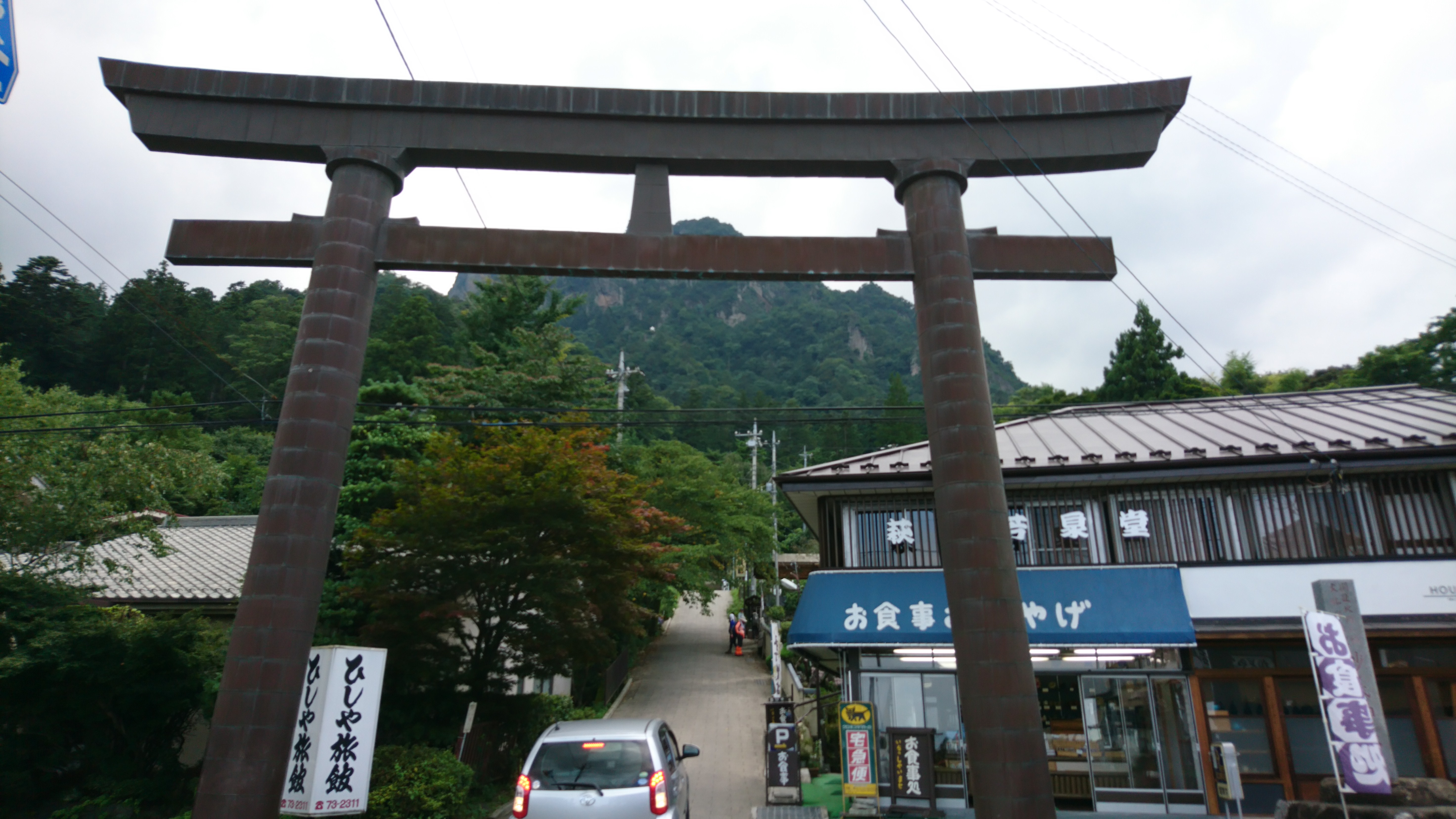
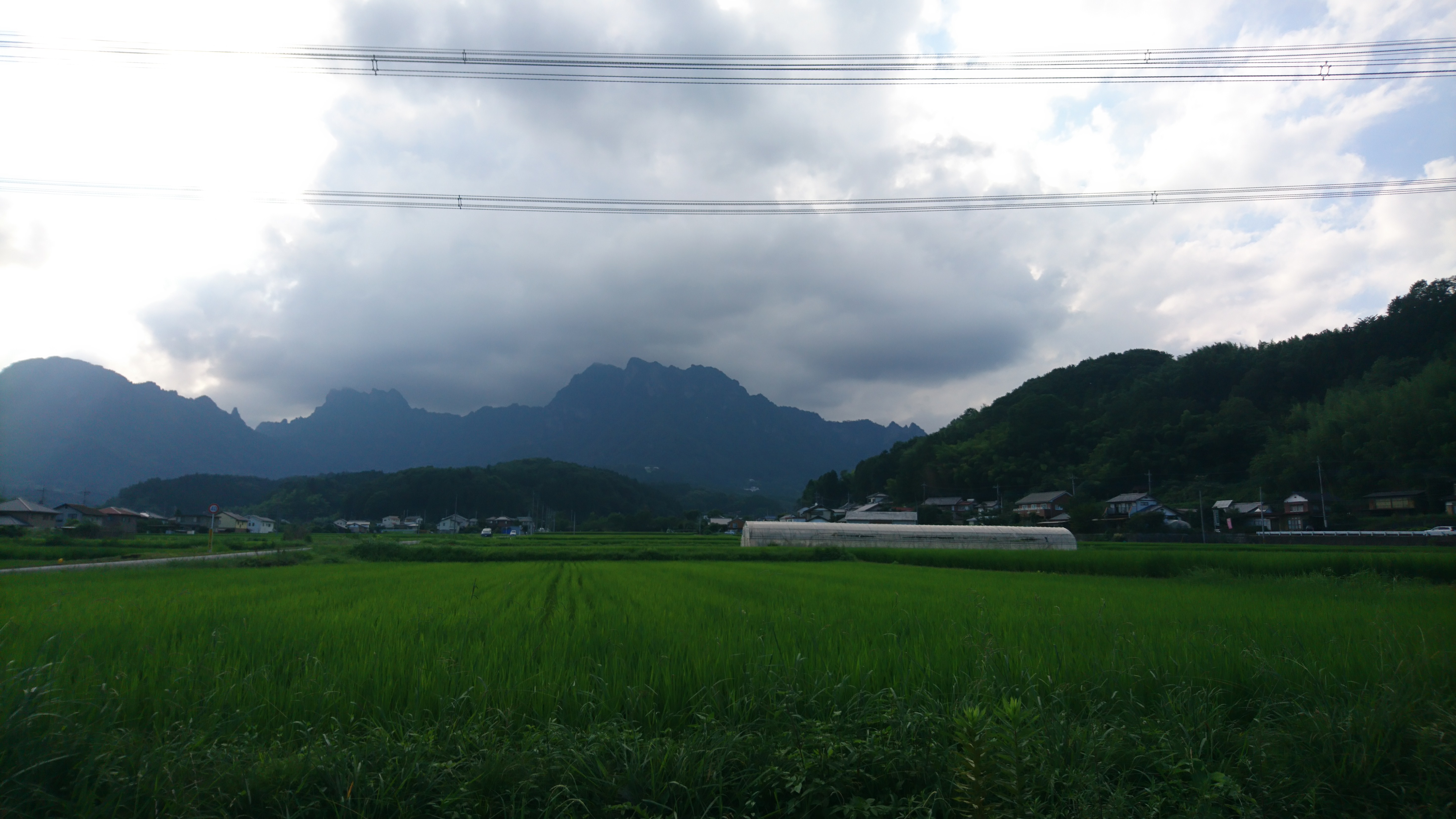

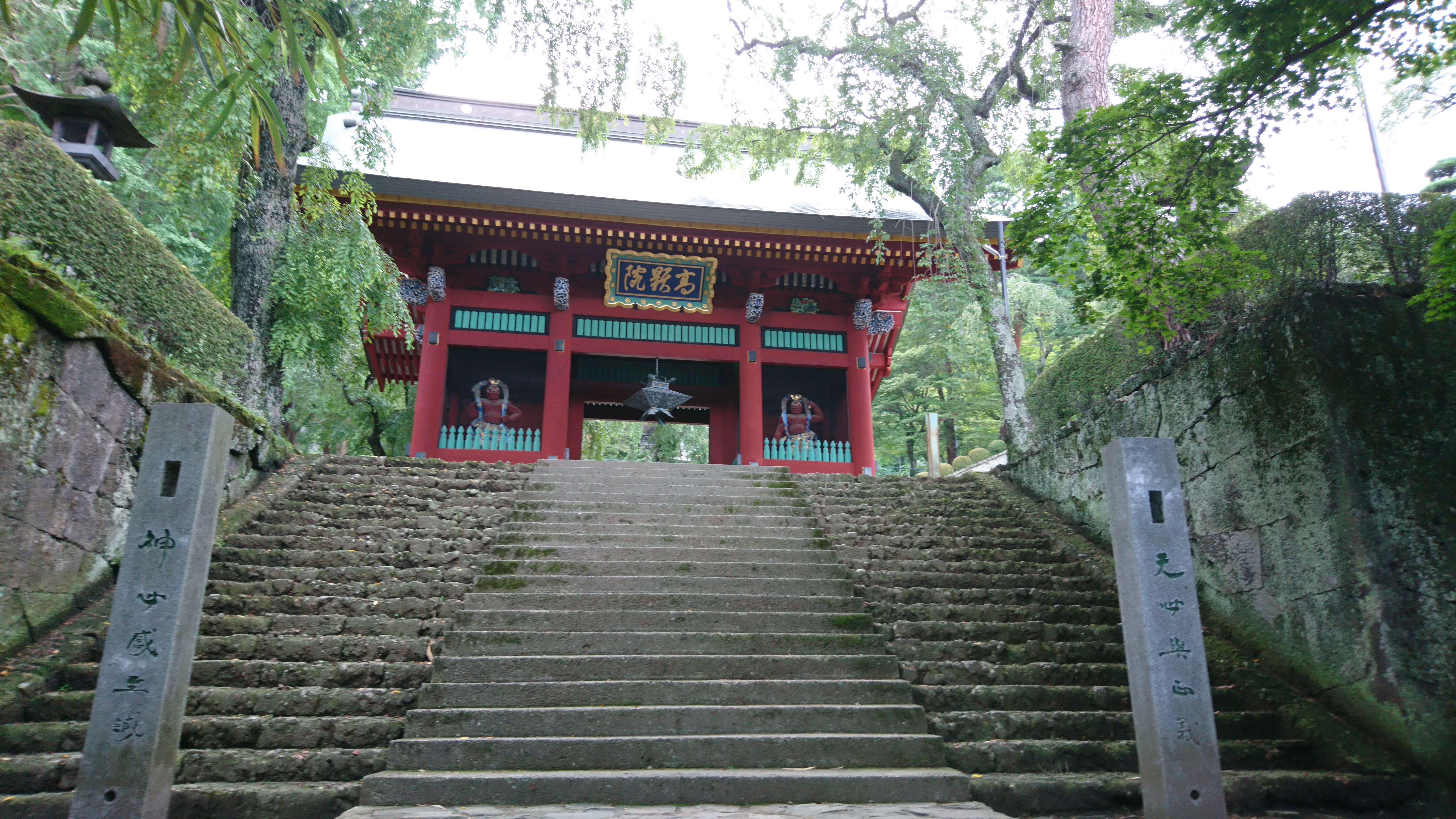
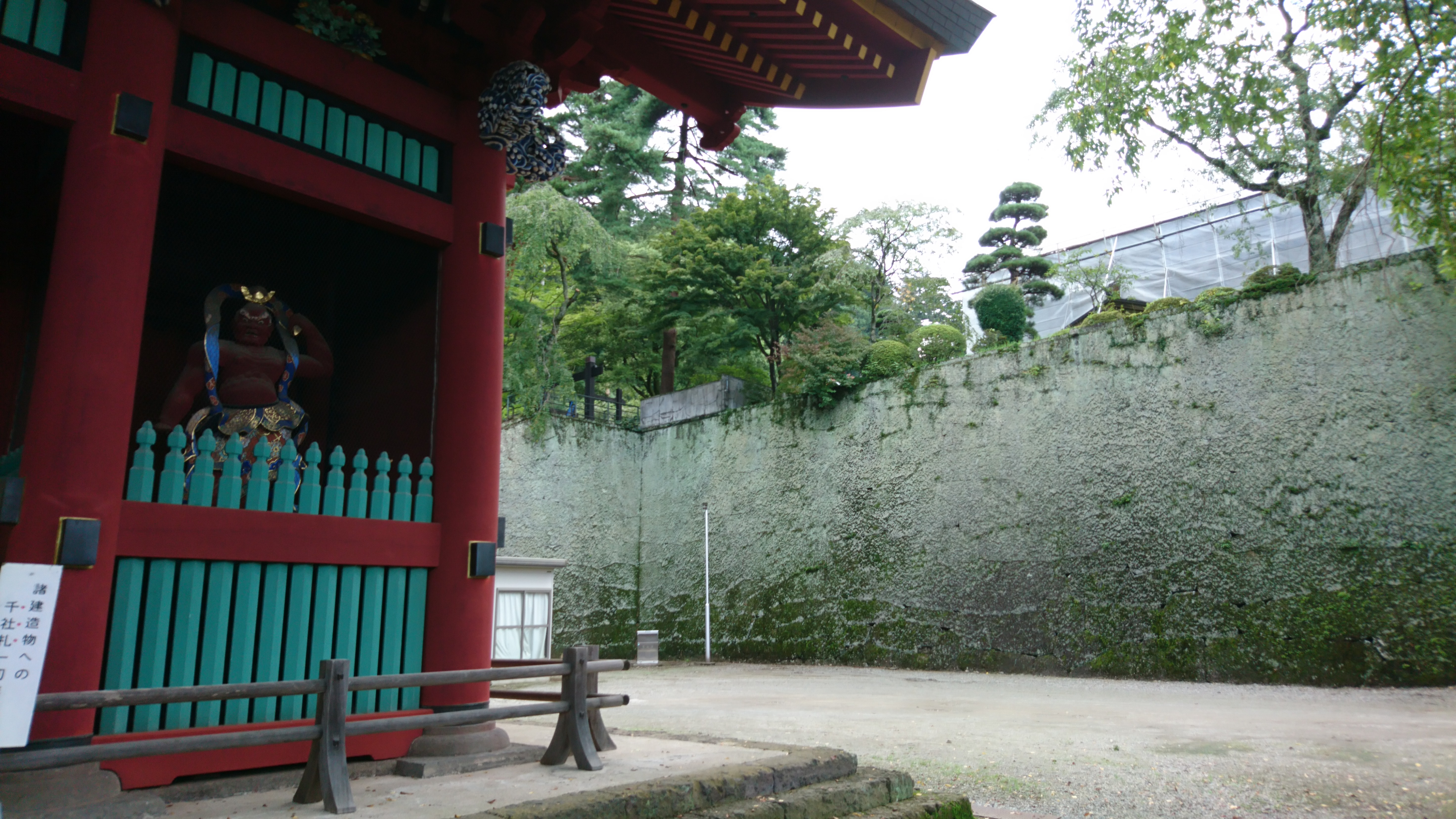
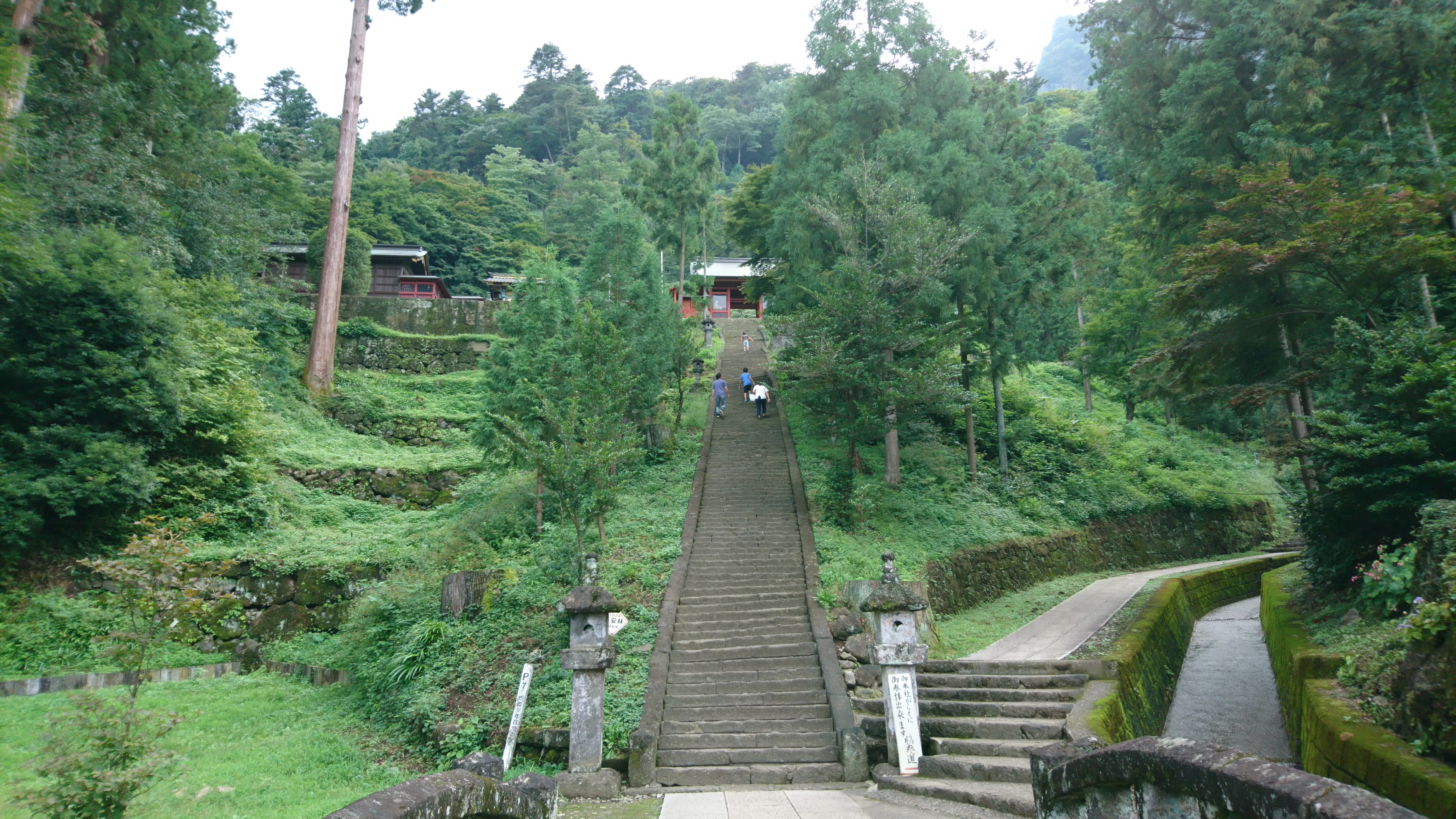
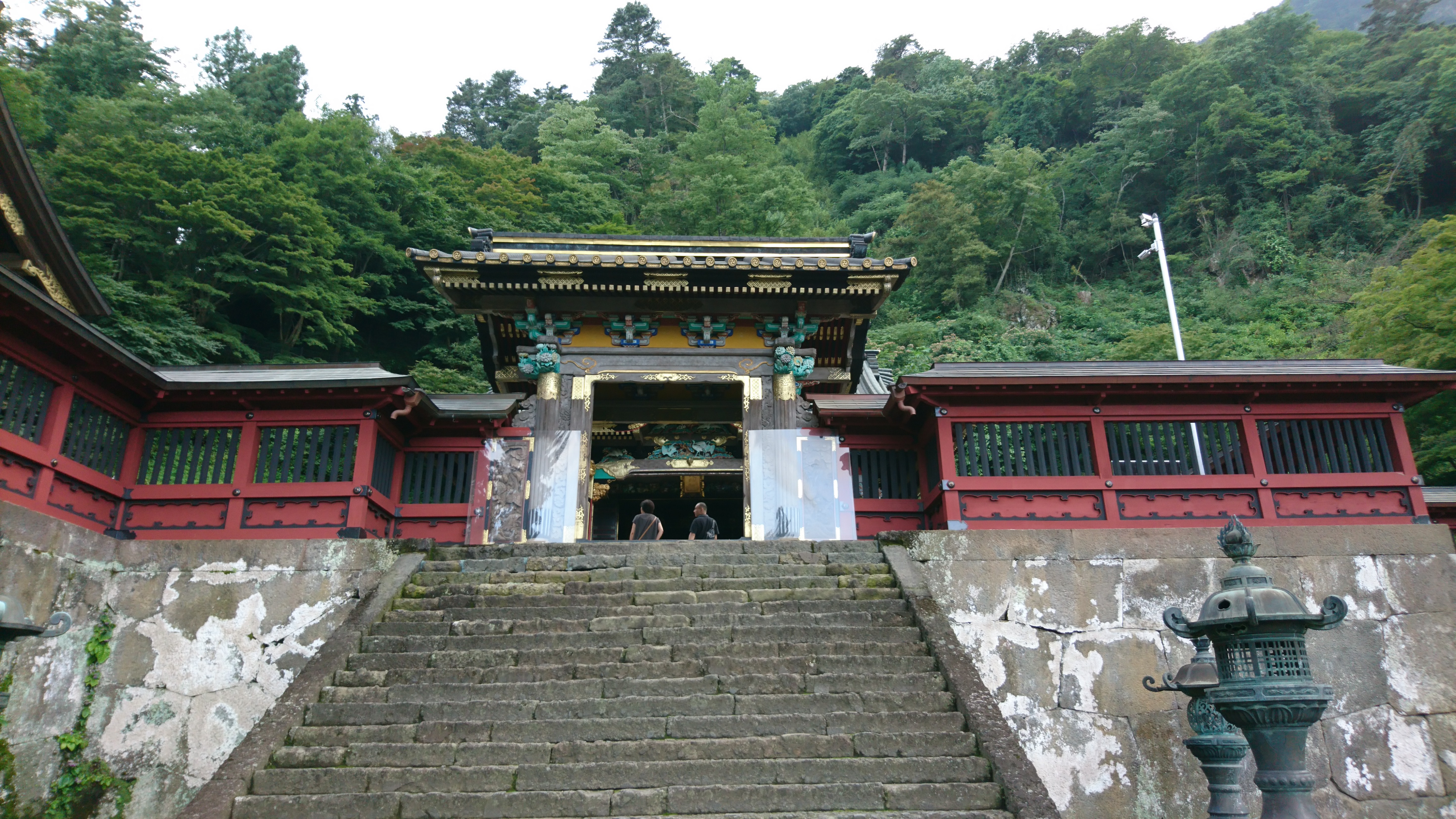
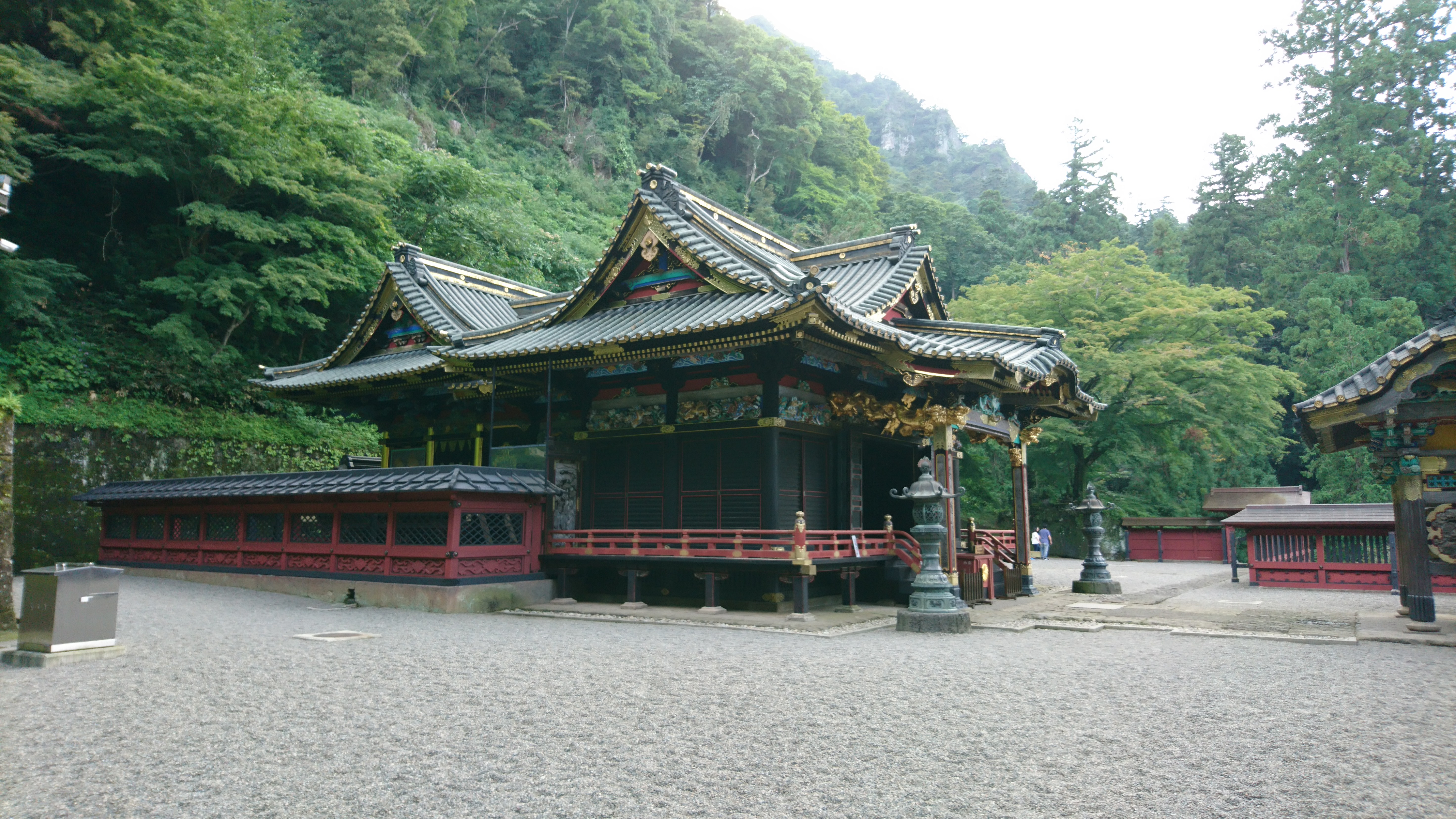
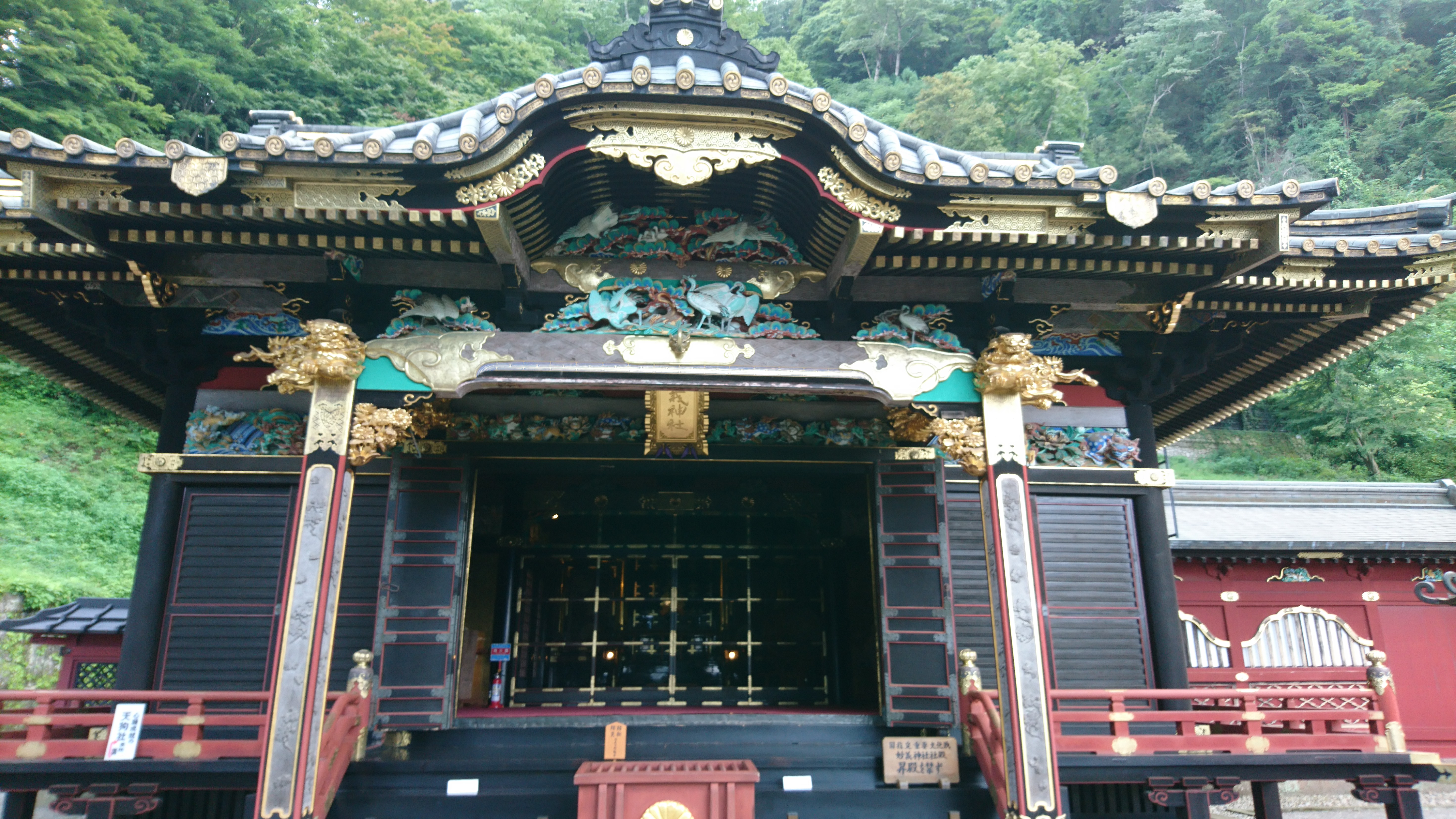
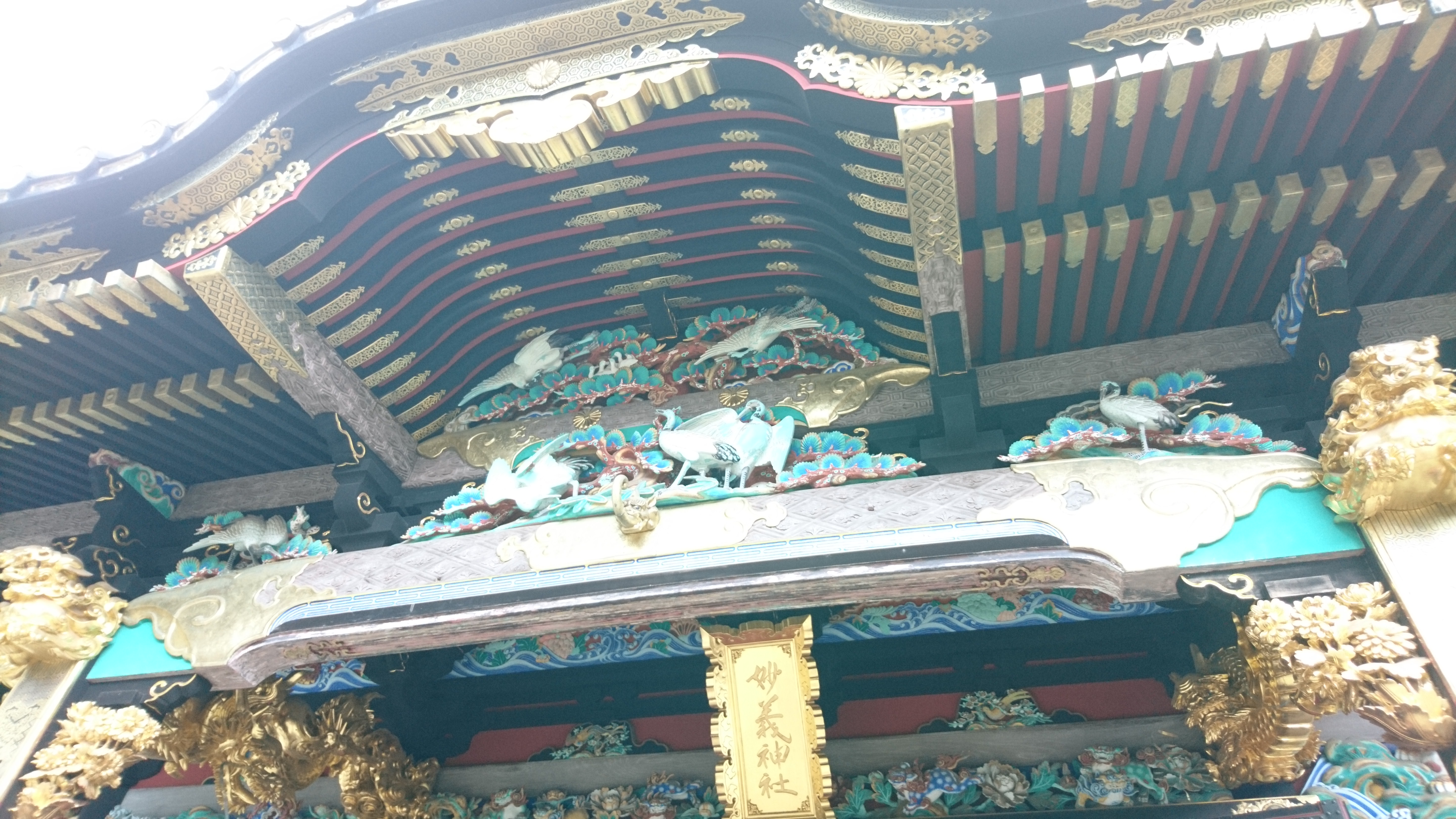
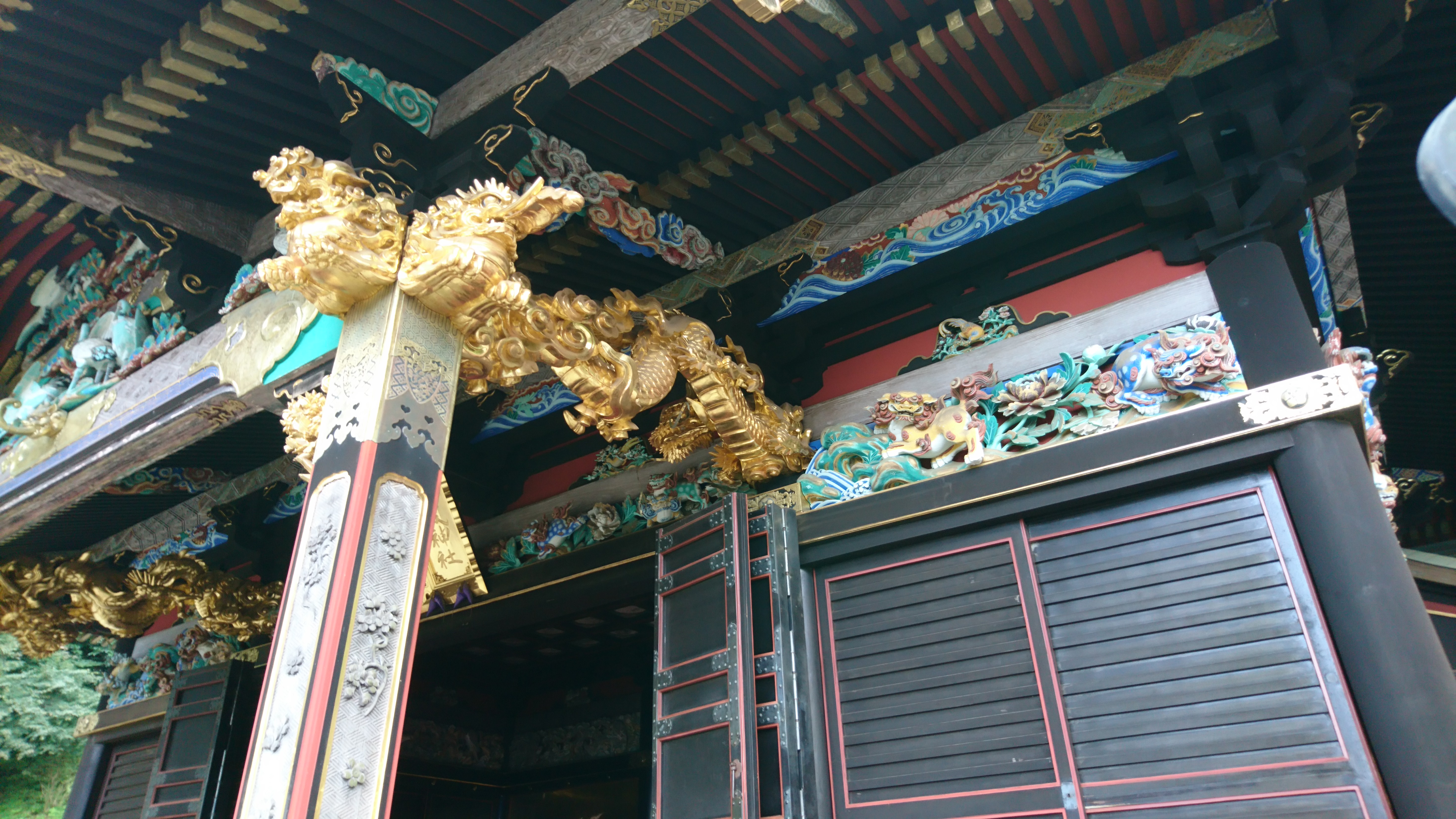
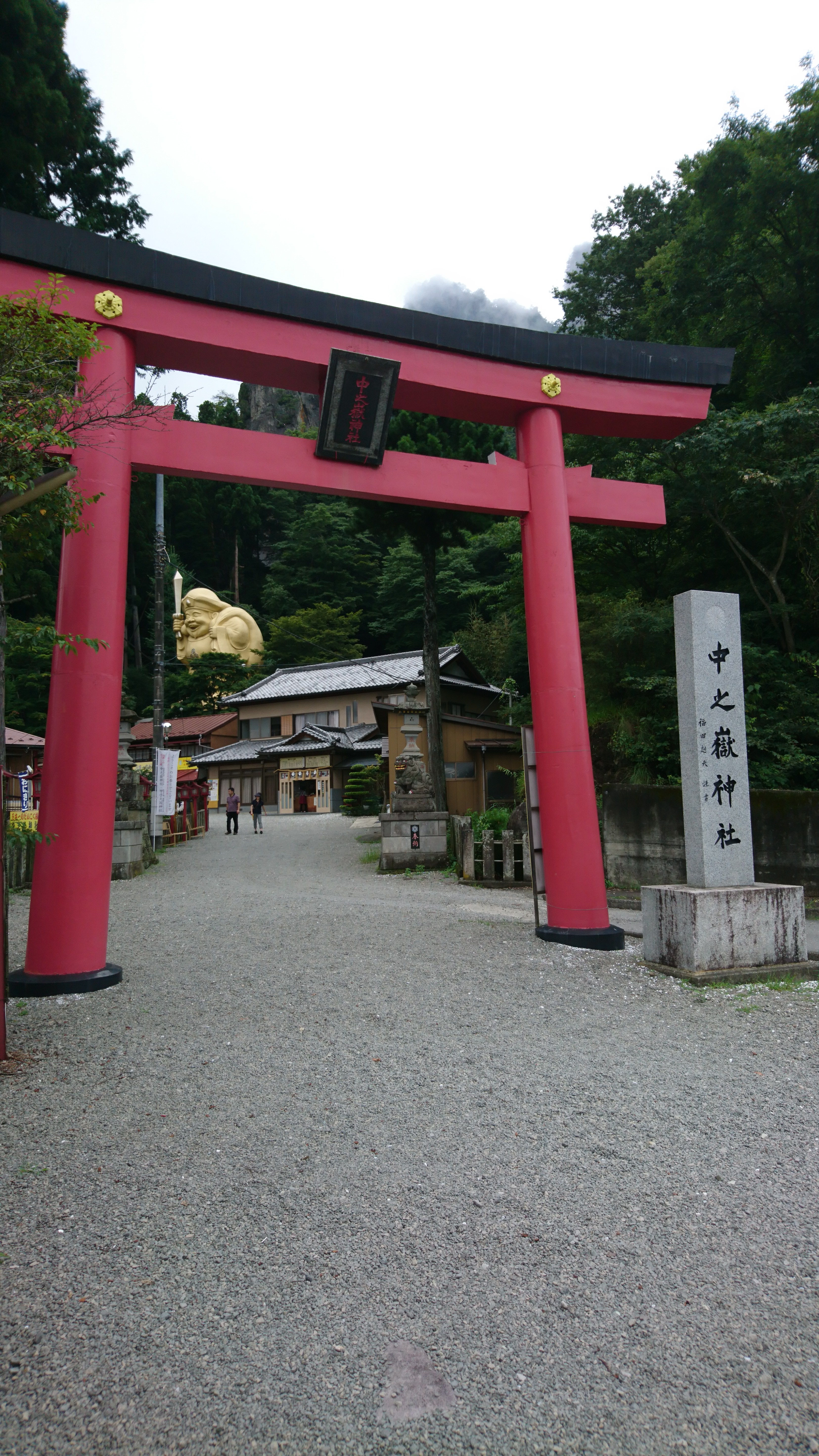
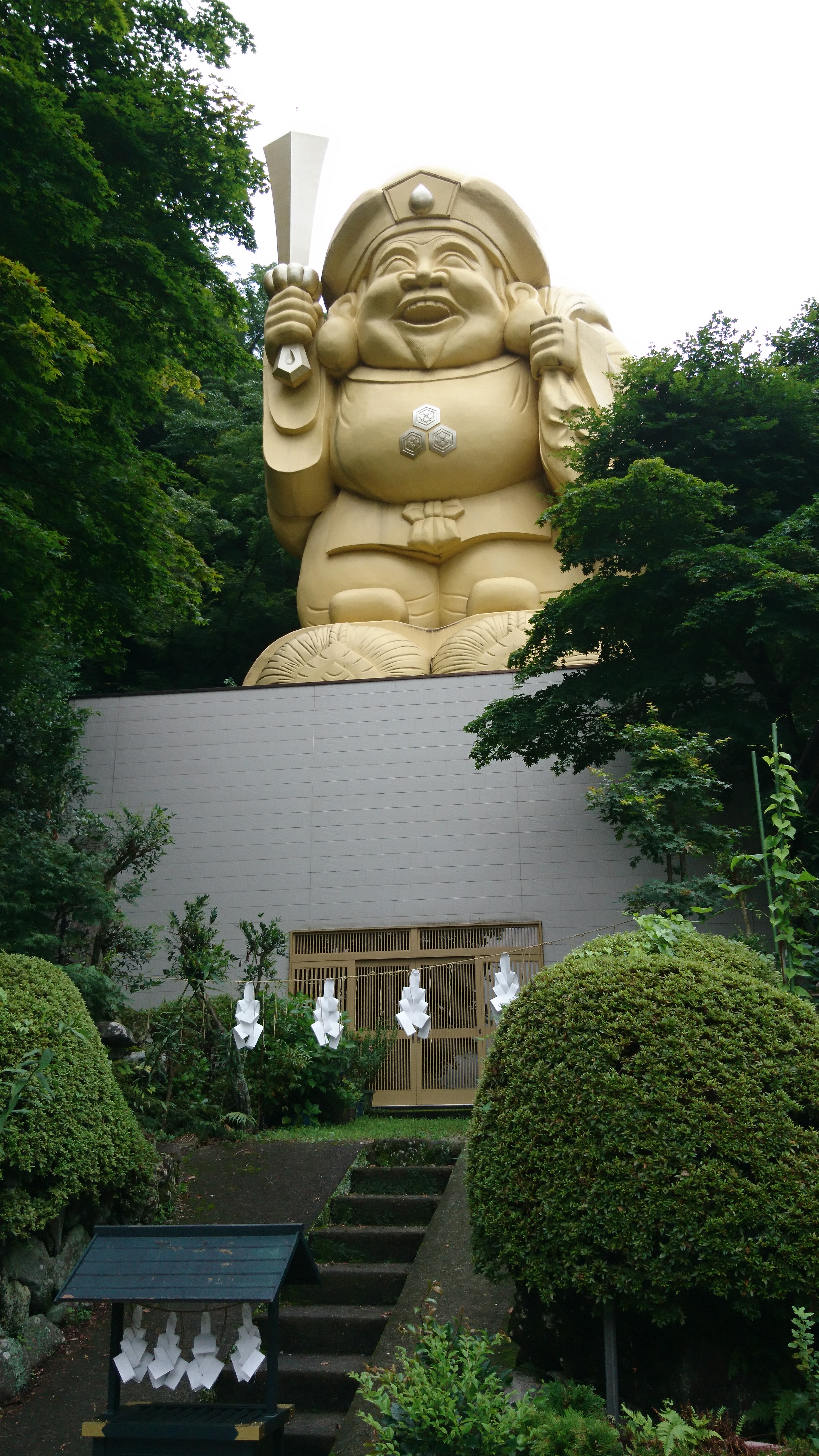
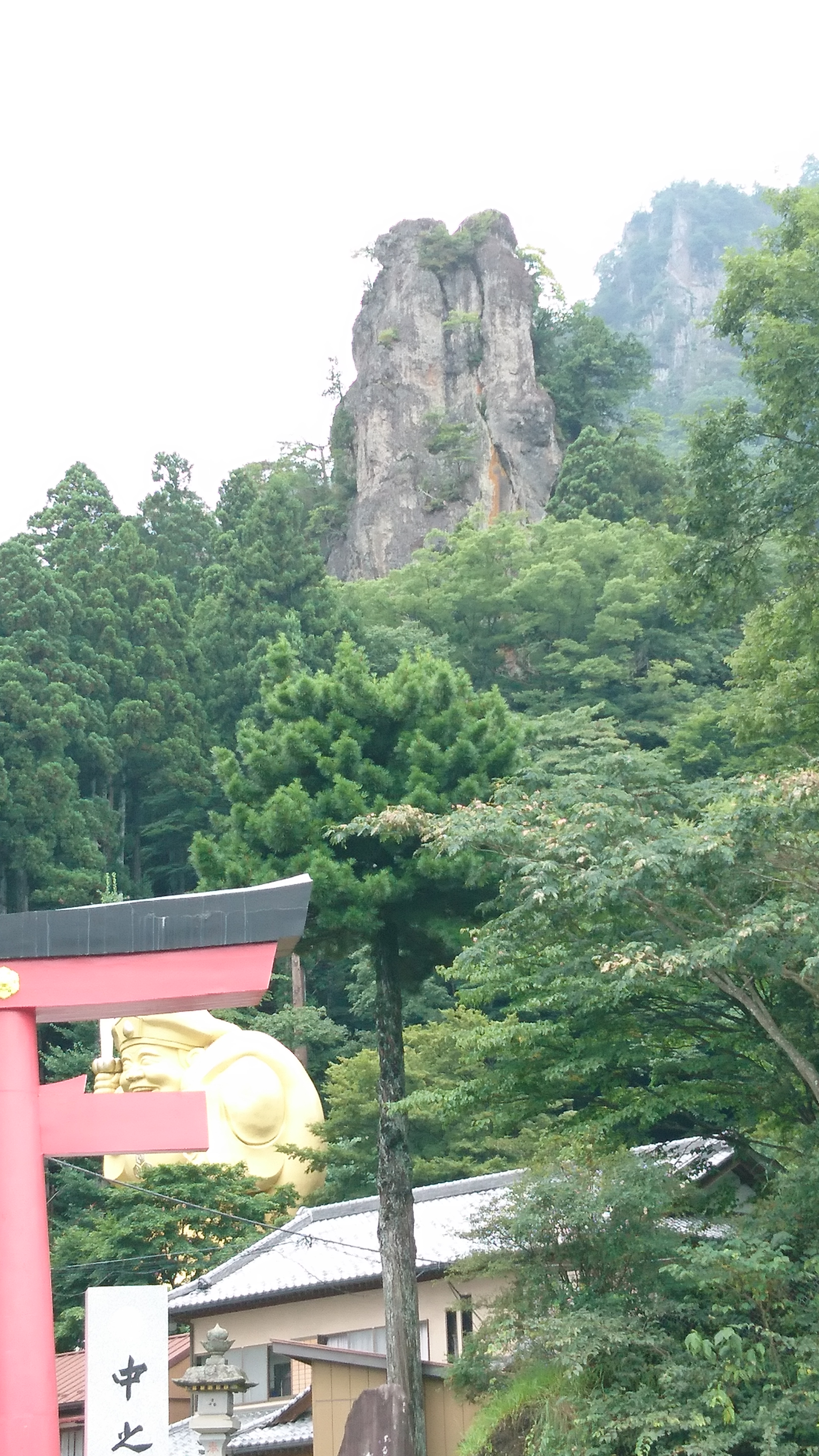
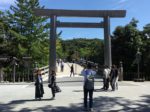
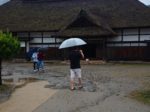
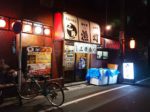
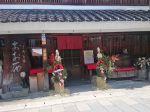
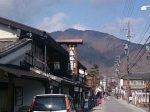
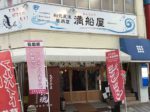
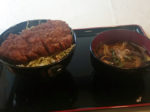
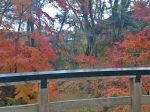
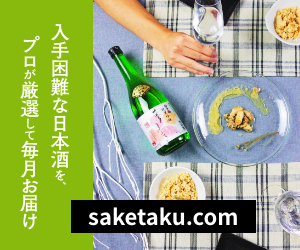
No comments yet.